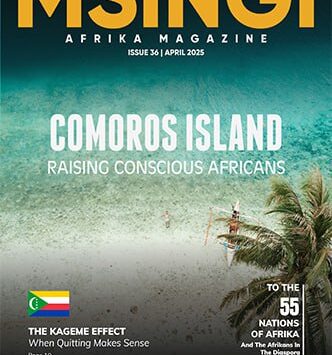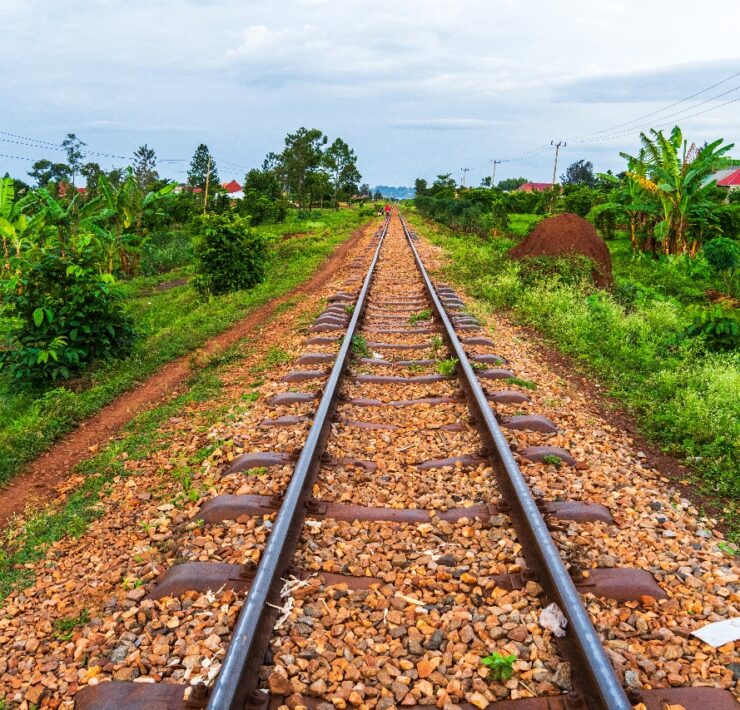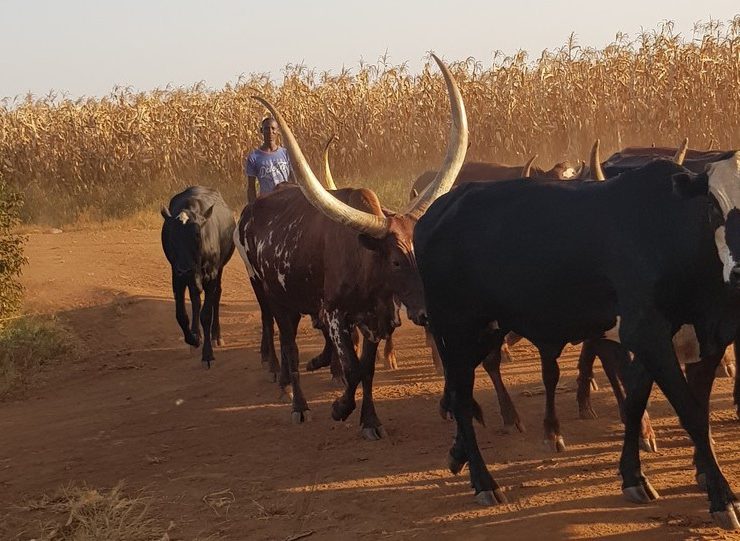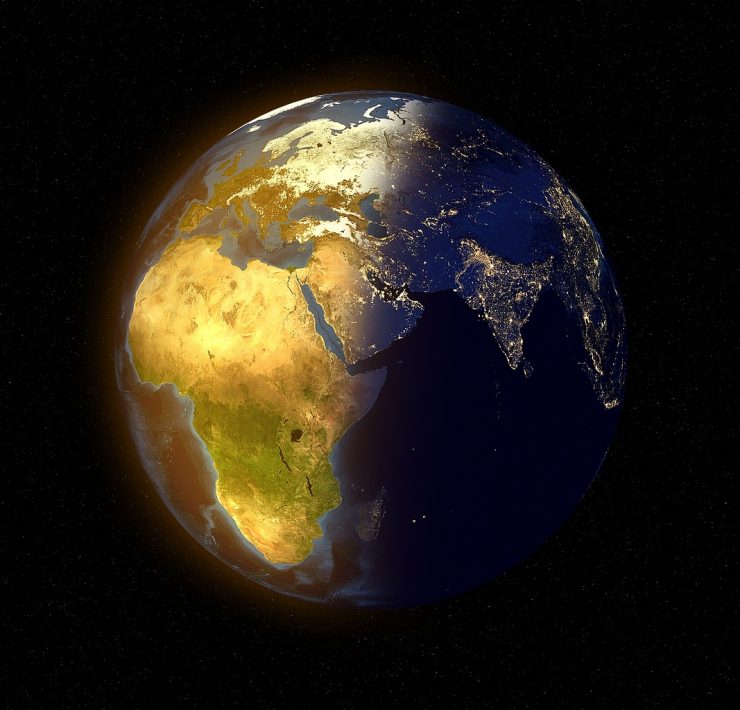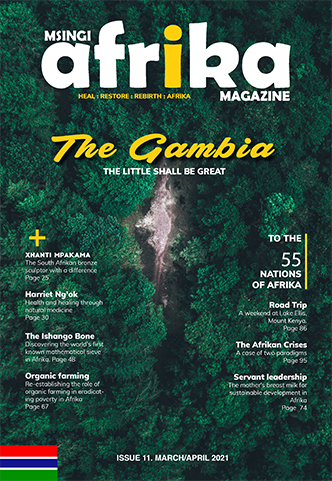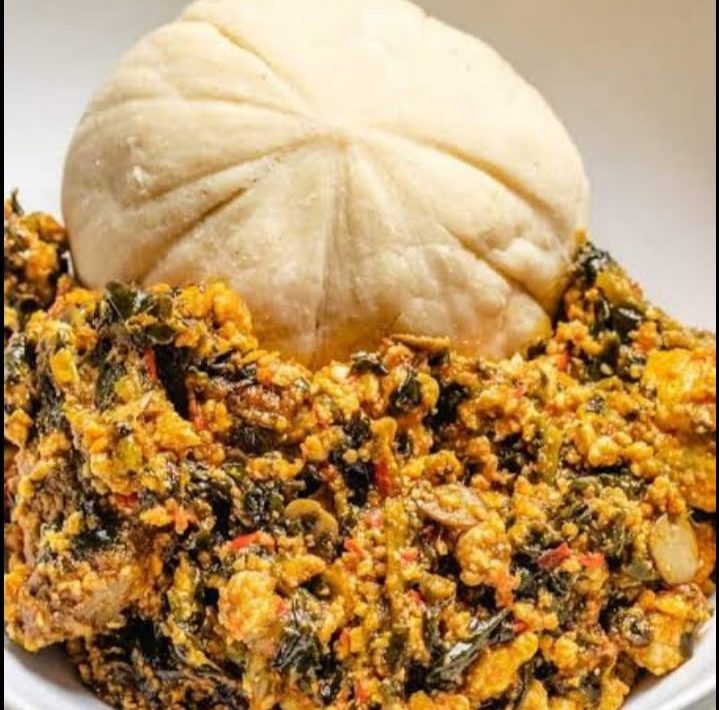Omugga Kiyiira – Visiting The Source of the Nile River
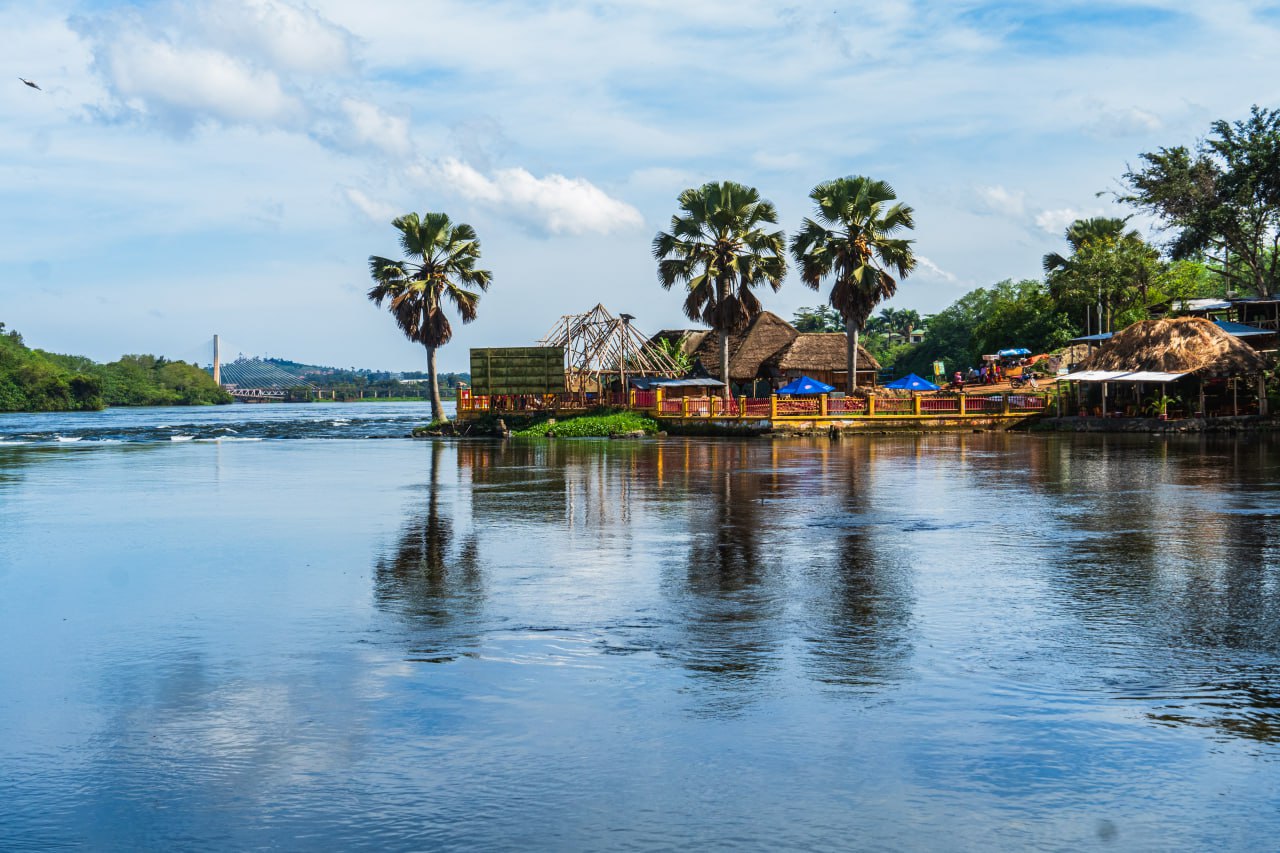
Samuel Phillips is a writer, graphic designer, photographer, songwriter, singer…
I wrote this article while seated at a restaurant by the bank of the Nile River in Jinja, Uganda. This part of the River Nile is called the Source of the River Nile. I had gone to Uganda close to the end of the month for a couple of engagements. This is my third time visiting Uganda, but I must confess that this trip seems to have opened my eyes to a few things I was not aware of from my first two visits.
Let me take a few steps back and start the story from the beginning.
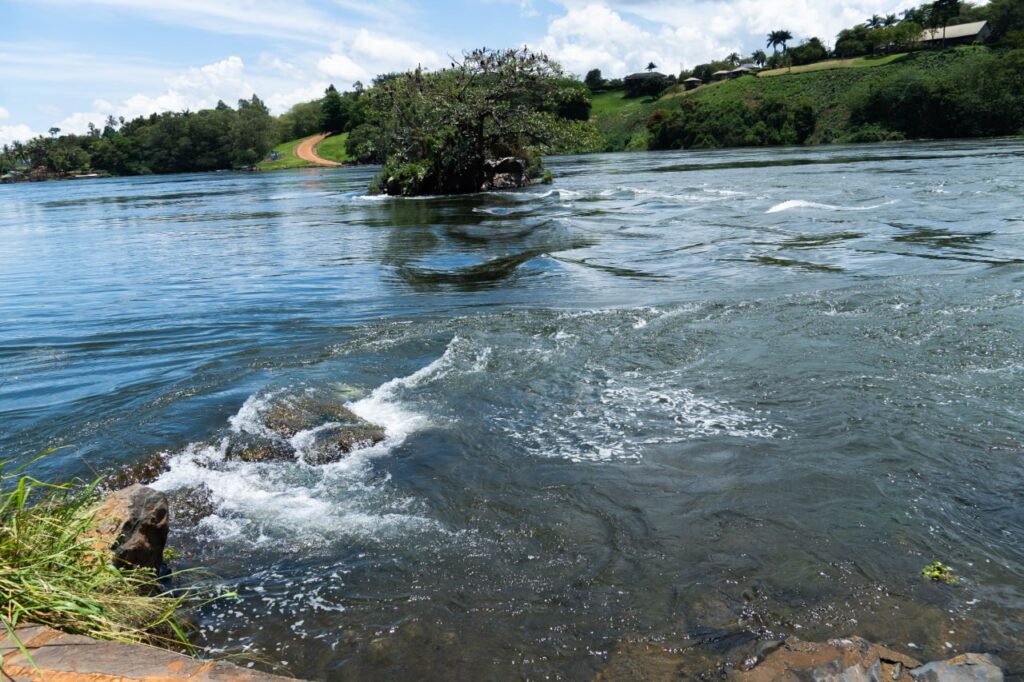
I took a night bus ride from Nairobi to Mukono. Mukono is a town just outside of Kampala, the capital of Uganda. I got to the bus station before 6 pm because the bus was supposed to leave Nairobi CBD by 6:30 pm, but ended up leaving around 9 pm or so. The bus company did not explain the delay, but I was just glad we finally started the journey after the long wait. We got to the Kenyan-Ugandan border on the morning of the next day, went for the various border checks, immigration visa clearance, and a few other things. The entire process for me took about ten minutes. So, I had enough time to look around while waiting for the other passengers to finish with the clearance.
As I stood at the Ugandan side of the border just watching the various activities going on that morning, a school bus carrying school children drove from the Ugandan side to cross to the Kenyan side. That got me smiling. In my head, I was like, technically, these young school children should be considered international students. They go to school in the morning in Kenya and come back home to Uganda in the evening. It just sounded cool to me. But thinking about it, it also shows how much of one people we really are as Africans.
We continued our journey into Uganda and were greeted with massive landscapes of rice farms, sugarcane farms, tea farms, etc. Something also stood out to me, which, for some reason, I had not noticed in my first two visits to Uganda. Every house I saw as we drove from the border into Uganda was made of clay bricks. I mean, every single house. No matter how small, big, or how many storeys the buildings have. It was all made of clay bricks. In my head, I was like “how come I did not notice any of these brick houses in my first two visits”? I even shared my surprise with my wife later when I got internet, and she was surprised that I had not noticed the buildings in our previous trips to Uganda. She wrote to me, “I’m surprised you didn’t. Maybe you weren’t interested in buildings so much then”.
Her response was the truth. When we visited Uganda together in 2018 and 2019, I had not fully started to appreciate the African culture and ingenuity found in the indigenous African architecture or natural building methods. Now, my mind is constantly in search of the beauty of the African people. This also speaks of the amount of change that can happen to us when we decide to shift our consciousness to a new direction.
Anyway, I got off the bus at Mukono junction, found my way to the motel where I would be staying for the next few days. Three days later, I went for a walk in one of the villages around the neighborhood and found a man making clay bricks. You wouldn’t believe how excited I was to see the man, and also how glad I was for the man to allow me to talk with him about his craft. I was so intrigued by what he was making that I had to ask him some questions about his work. He gave me a quick tutorial. And from what he shared with me, making clay bricks was easier and cheaper than I had thought. His process was quite simple. He allowed me to take some photos of him while he worked.
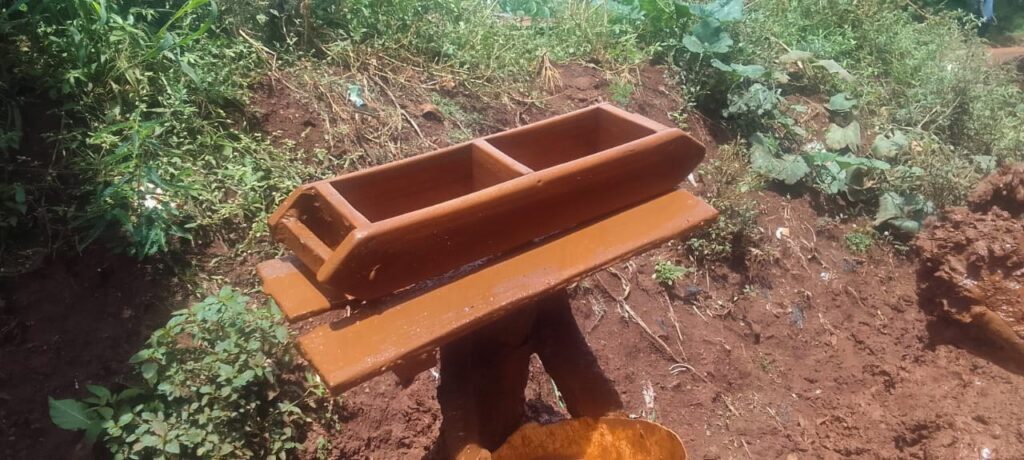
According to him, the soil he was using for the clay bricks was dug from the ground right in his compound. It was right where he was working. After digging the soil and making a heap, he covered the heap with banana leaves for about three days. Why banana leaves, I have no idea. After three days, the earth is mixed with some water to create a smooth clay mix. While doing the mix, he removes stones and organic matter that may compromise the integrity of the bricks. After mixing the clay to a certain consistency, he puts big handfuls of clay in the brick mold, and tamps the clay in the mold gently with his palm like he is massaging a baby. This allows him to get even compression. After the tampering, he carries the mold with the tampered clay to where the bricks are kept to dry on the floor of his verandah.
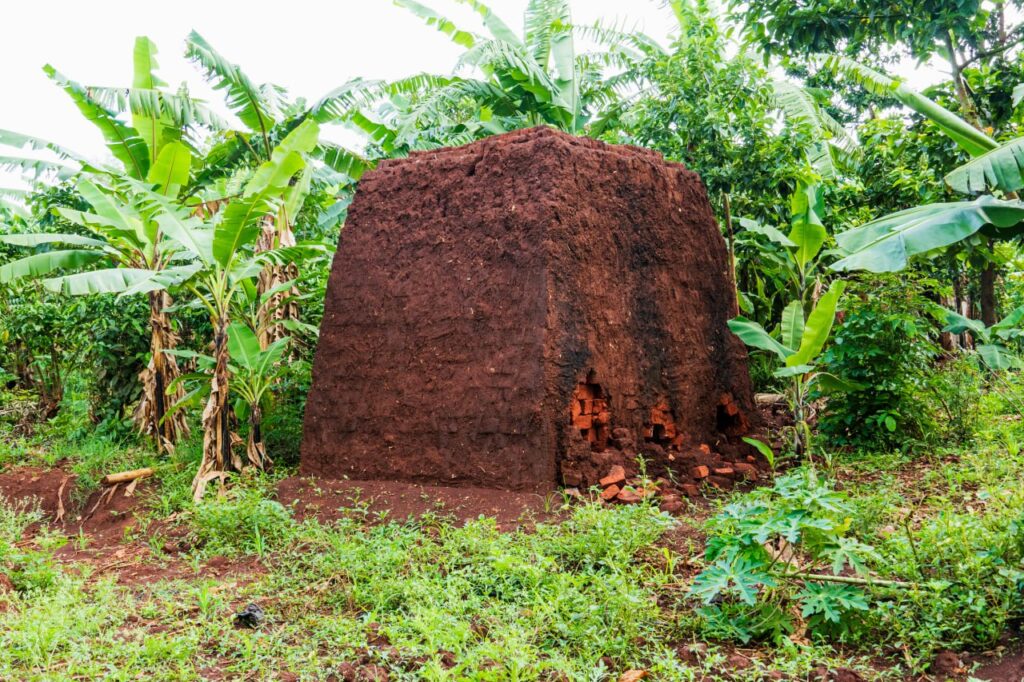
He told me the clay bricks will be allowed to dry for three months in a secluded place, then they will be burned in a large clay oven for further hardness. One clay brick sells for 300 Ugandan shillings, which is like 10 Kenyan Shillings or 0.082 USD. I thanked him for allowing me to engage him and then left.
I have two issues with the houses made with clay bricks that I saw in Uganda. They used cement for mortar and cement for plastering.
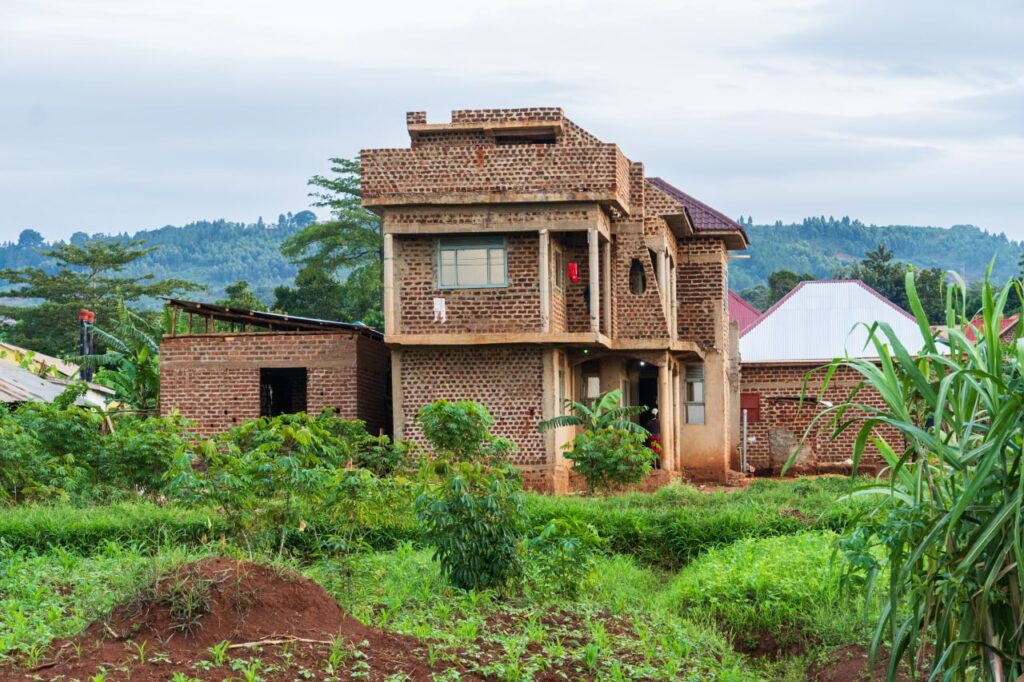
To keep the beauty of using natural materials all through the project, I thought they should have used lime for mortar and either lime or clay for plastering the walls. Or better still, they should not plaster the walls at all. I just thought the symmetry of the clay bricks in themselves, with the deep brown earth color, if well done, is a beauty to behold.
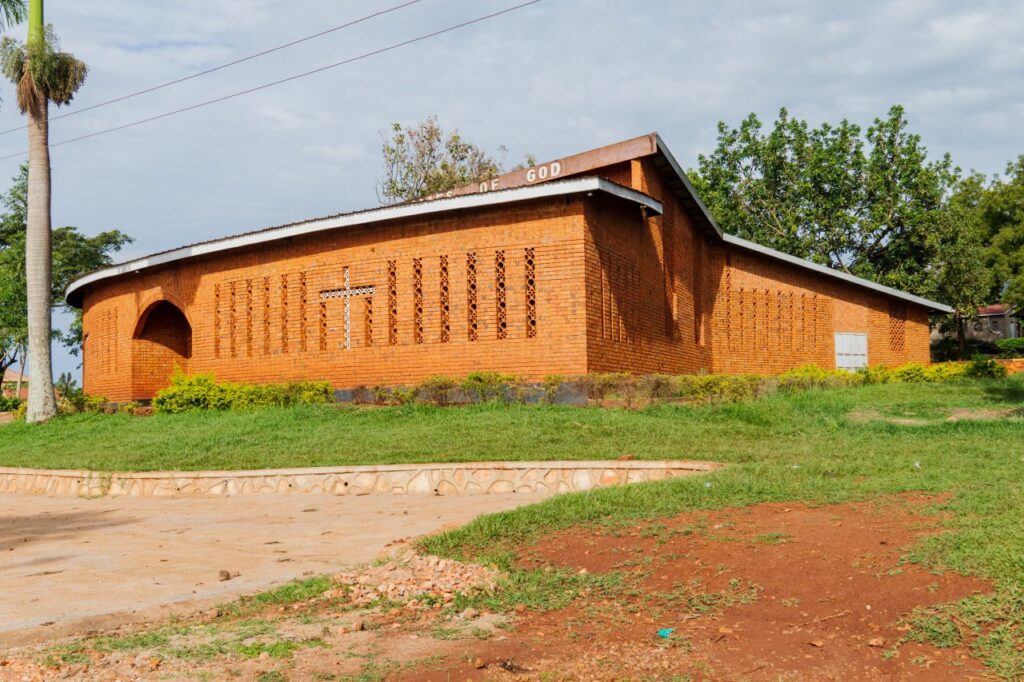
Visiting The Nile River
I finished my engagements a day later and took a bus to somewhere close to Jinja. I had planned to go visit the Source of the Nile River in Jinja, so I got an Airbnb in Wanyange, close to Jinja.
The entry fee for the Source of the Nile River was 30,000 Ugandan shillings or 10 dollars. Well, that also depends on your nationality. I am sure Ugandans and East African citizens have a different entry fee. I didn’t have dollars or even Ugandan shillings with me, so I paid 1000 Kenyan Shillings, which is considered 10 USD.
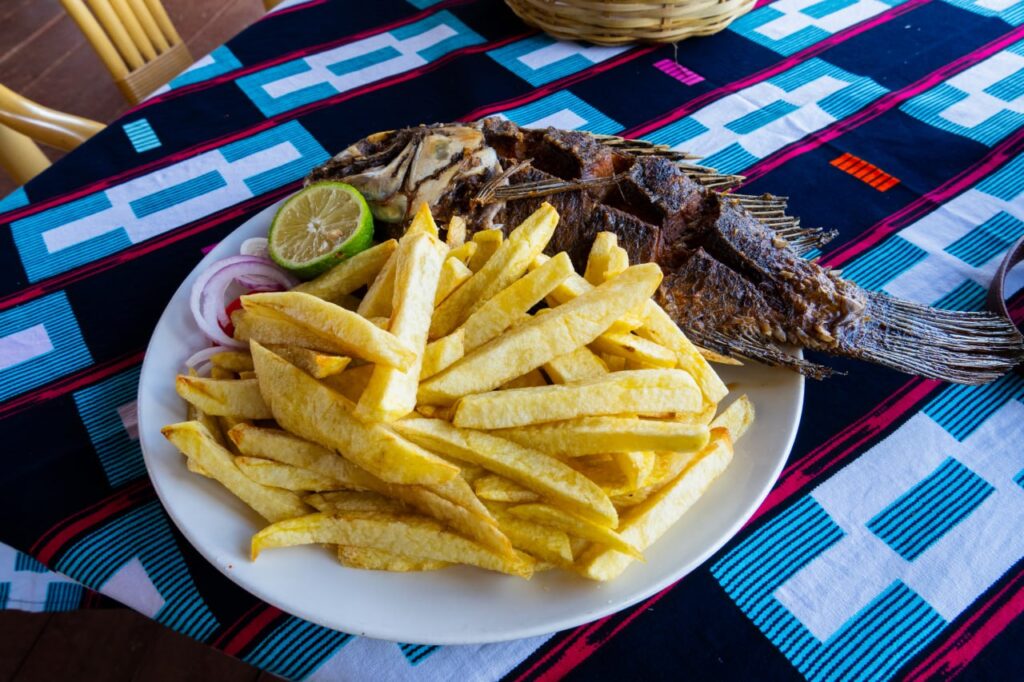
I went in and sat at this restaurant by the source of the Nile River, watching tour boats and fishermen come and go. And since I told myself I wasn’t going for a boat ride, I took some photos and then decided to order some food. I ordered fried fish, potato chips, some salad, and then a glass of passion fruit juice. The fish that I was served was so big that I could only eat half of it. So, I asked the waiter to pack the rest for me to take away. The price for everything I had was 49,000 Ugandan shillings, but I was charged in Kenyan Shillings, so I paid 1750 Kshs or roughly 13.50 USD.
I believe in One Africa and One Humanity
As I sat there eating and watching this busy wild duck diving into the river and popping up minutes later with small fish in its beak, a couple of guys came into the restaurant and sat down to eat. One of them started setting up his Bluetooth speaker. From their language, I believe they are either Ethiopians or Somalis. I could not really place it. He started playing Nigerian music, a song by Dbanj, to be precise, and a couple of others. There I was, wondering, an Ethiopian or Somali seated in a Ugandan restaurant playing Nigerian music. It looks as if music has found a way of bridging the gaps in our African narrative more than any government’s foreign policies have been able to do. That was a moment for me.
How we created monuments of falsehood
When I was done eating, I took a walk around some of the other jetties to see what was available on the other side of the restaurant where I was seated. I saw this billboard that gave a quick summary of the history of the source of the Nile River. The billboard reads:
“You are now at the Eastern Bank of the River Nile, at a point where the river begins to flow from Lake Victoria (Source of the Nile) to the Mediterranean Sea. It takes the water three months to complete this journey of 4,000 miles (6,400 KM).”
“The falls that John Hannington Speke saw in 1862, naming them the “Rippon Falls” after the President of The Royal Geographical Society, London, submerged in 1947 on the construction of the giant Owen Falls Dams. The dam, completed in 1954, harnesses the headlong rush of water from the lake to produce hydroelectric power for Uganda.”
“Omugga Kiyiira” is the local name for the River Nile. The bay behind this billboard, through which the waters of Lake Victoria funnel in the Nile is called the Napoleon Gulf.”
On the Western Bank of the river is an obelisk marking the spot where Speke stood for hours when he saw the source of the River Nile, making it known to the outside world.”
How do we, as Africans, feel about the many monuments in the African continent that were set up to honor the very people who took away the identity of the African people and planted false identities all across the continent? The reality is, we may not be able to change the past, but we certainly can change the effects of the past on our present. And it begins with shifts in our mindsets as Africans.
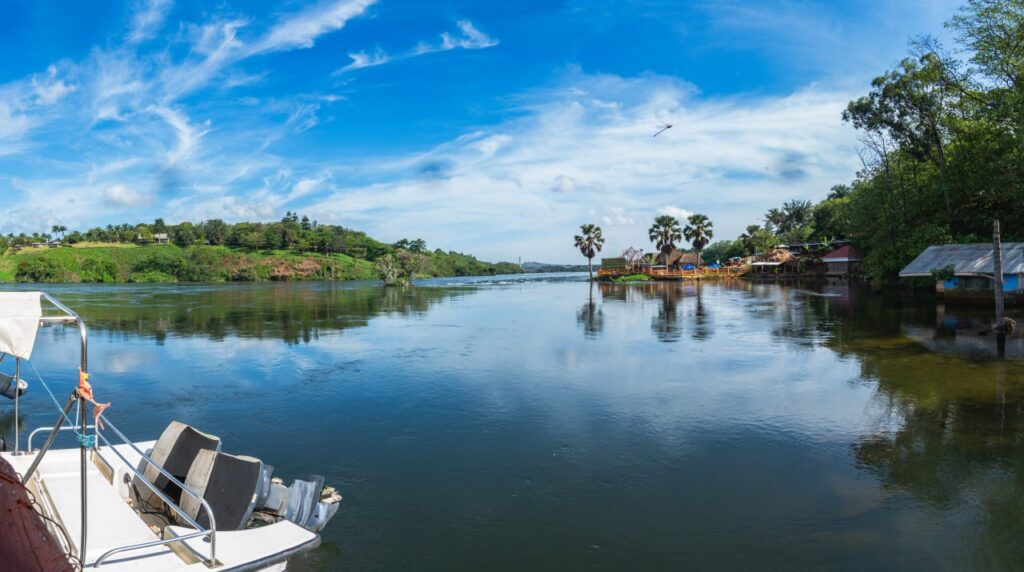
My thoughts
There are lots of changes that we need in Africa right now. And just like I began to see the beauty of the Ugandan clay brick houses, simply because I have been taking the time to engage the African narratives, so should every African begin to shift and then shape their minds about what it means to be African. I have a few thoughts I want to share.
I believe that every place in Africa, especially historical monuments, should be changed from European names back to their original African names. We cannot keep telling ourselves the lie that some random European explorers, or spies if you will, discovered and also named places that Africans have always known and lived on. It’s just stupid to think of it. Omugga Kiyiira should not be designated as the “local name” of the Nile River; Omuga Kiyiira is its only name. Any European name that the river now bears is just a signature of foreign intrusion into Africa. Period!
Also, it is said that Omugga Kiyiira flows from its source in Jinja, through Central and Northern Uganda, South Sudan, Sudan, Egypt, and then pours into the Mediterranean Sea. Its tributaries also passed through Ethiopia. But I have been thinking about the unnatural movement of the water of the Nile River. Rivers or waters naturally flow downwards and not upwards. But this water, as we are made to believe, is flowing from Uganda upwards to Egypt in the North. Is it that the African map is warped, so that South Africa is supposed to be the North of Africa and Egypt is the South of Africa? It’s something to think of.
One of the tour guides shared something with me about Lake Victoria. Nalubaale is the Luganda name for Lake Victoria. Also, the original tribes around Lake Victoria in Uganda include the Buganda and Busoga peoples. The Buganda kingdom, which is the largest traditional kingdom in present-day East Africa, consists of the Central Region of Uganda, including the capital Kampala. The Buganda people, known as Baganda, make up approximately 16% of Uganda’s population. In conclusion, Uganda remains one of the places that I have visited in Africa, and I would love to visit again. So, if you are thinking of a place to travel to for your next African trip, I ask that you add Uganda to that list. I love the Luganda language; the way it flows and coils makes you remember the waters of the Omugga Kiyiira.
What's Your Reaction?
Samuel Phillips is a writer, graphic designer, photographer, songwriter, singer and a lover of God. As an Afrikan content creator, he is passionate about creating a better image and positive narrative about Afrika and Afrikans. He is a true Afrikan who believes that the true potential of Afrika and Afrikans can manifest through God and accurate collaborations between Afrikans. Afrika is the land of kings, emperors, original wisdom, ancient civilizations, great men and women and not some road-side-aid-begging poor third world continent that the world finds joy in undermining.










